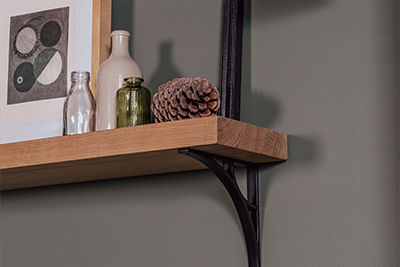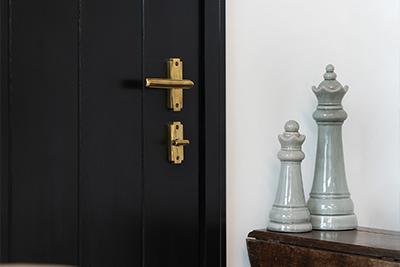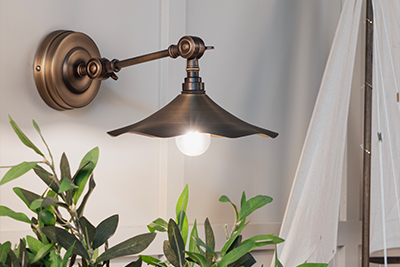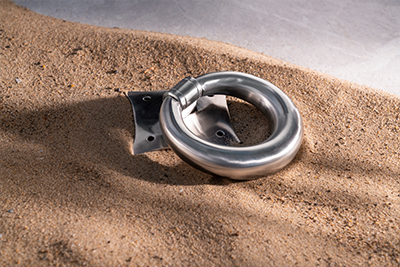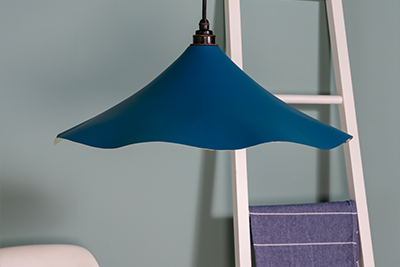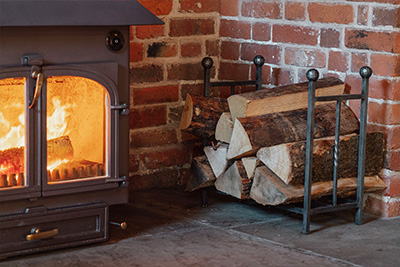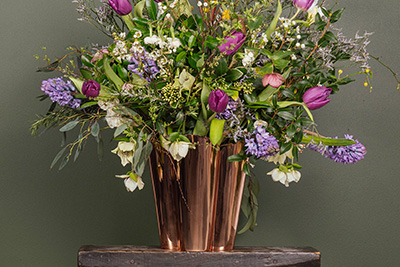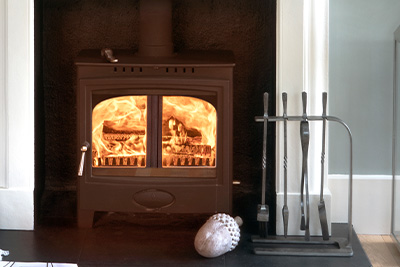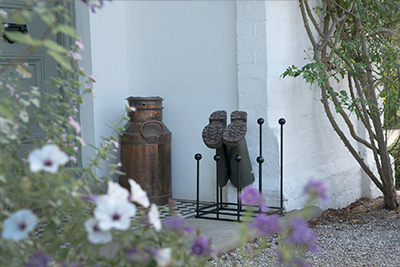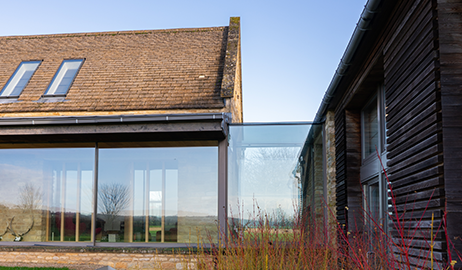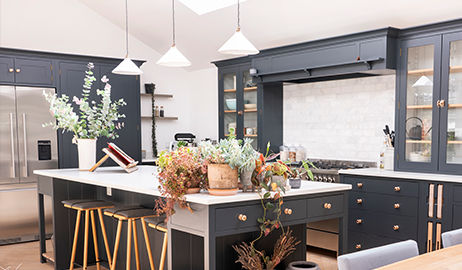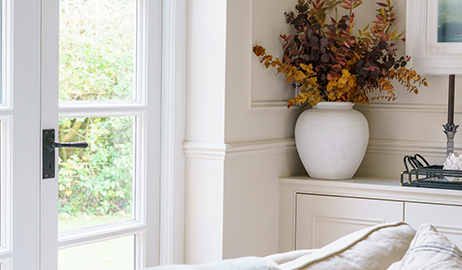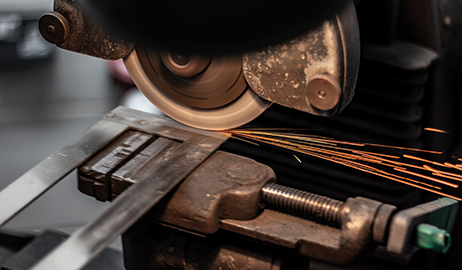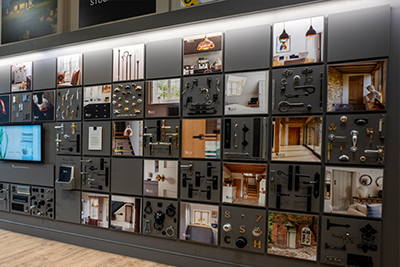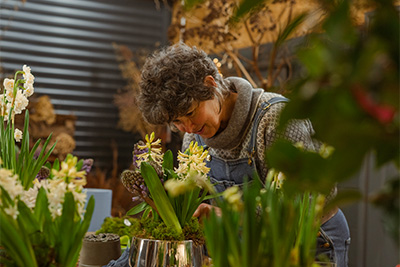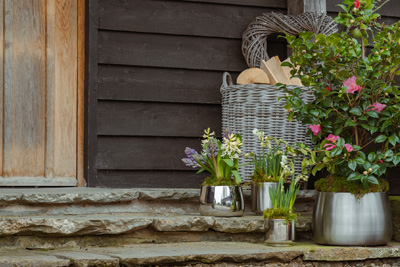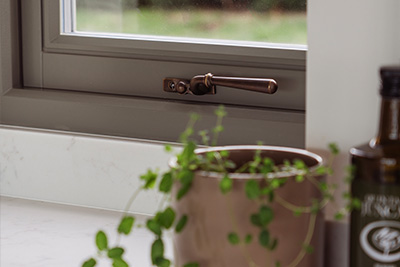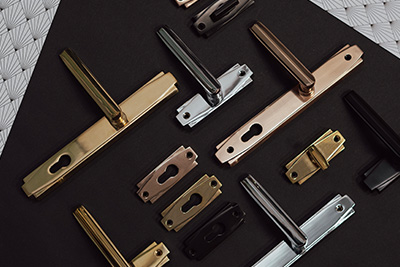Recently, we’ve been inspired by @rural_office, an award-winning practice with a flair for design. Rural Office specialises in contemporary architecture and uses innovative designs to transform buildings into luxury properties.
A perfect example of their work is the grade II listed barn pictured in this article, which has been completely remodelled into a single accommodation, styled as an open plan living space, and surrounded by beautiful courtyard gardens. The wide expanses of glass positioned throughout the barn provide copious amounts of light and give the barn a welcoming feel. A truly unique feature of the property is the internal sliding barn doors, a look that can be achieved with our From The Anvil sliding door hardware kit.
We spoke to Rural Office about their experience converting barns below…
Q: What percentage of clients come to you wanting to convert a barn/design a new build barn?
A: In terms of residential work, converting existing rural buildings constitutes around a third of our residential work. Overall barn conversion work makes up 10% of our portfolio.
Q: What are the 3 most important things to consider for those planning a barn conversion?
A: 1) Understanding your planning position, as it’s easy to get caught out unless you are buying with planning approval; 2) understanding your services and access (water, power, heating as well as the physical access to the site – this has a significant impact on your overall budget as well as the cost (and time taken) for construction; 3) understanding the value of the structure you are taking on, its material and scale, how easy it is to convert or adapt and what constraints you have to work around – often these can lead to creative solutions, but in the wrong hands can lose the character of the building.
Q: What do you think is the most important feature of a barn conversion?
A: Being able to retain the original character and purpose, so you can still read the history of a place and understand how adaptation and reuse has enriched its use. Historic barns (i.e. masonry or timber framed structures not contemporary farming construction) had standardised typologies based around the needs of animals, crop or machinery. These were consistent for centuries before mechanisation and industrialisation changed farming practice. Understanding these things is critical to valuing the features you may find, and the regional variations that come with that. A farmstead in rural Wales will vary significantly from one in the Cheshire Plains, or the Norfolk Broads, so we start every commission working with a Heritage Consultant to helps us to understand the value of the building we are looking to convert.
Q: Out of all the barn conversion/new build barn projects you have designed, what was your favourite and why?
A: Old Barn in Norfolk was our first as a practice and remains our favourite as it led to many other commissions, but more importantly lead to friendship with the client. We are currently looking at the next phase of development for this site after 10 years of occupation. Often these projects continue for many years as people’s circumstances change and their needs reflect that.
Q: What do you find is the most challenging part of designing a barn conversion?
A: Finding the balance between contemporary life and historic fabric. This involves thinking about how the barn can be converted to meet contemporary needs and what it will support, then more technically how existing materials respond to moisture, thermal performance, and technology. In a time of climate emergency, converting buildings is a sustainable means of reusing building fabric, but it easy to specify the wrong materials that are not sympathetic to the original construction. Fortunately, the sustainable construction market has evolved in the past 20 years to provide plenty of advice on this.
Q: At what stage do you suggest your clients consider ironmongery/lighting in their project?
A: From an early concept stage these items should be on the table. At concept stage we start to build a vision for what the overall aesthetic will be and how this reflects the character of the barn, its former use, and its surroundings. As designers we think about these things as part of the building’s design narrative, rather than something that is resolved later.
For more inspiring property conversions, check out Rural Office Architecture (rural-office.co.uk)
All images credit @rural_office.
Find more inspiration in our blog with @dovecotebarns.



